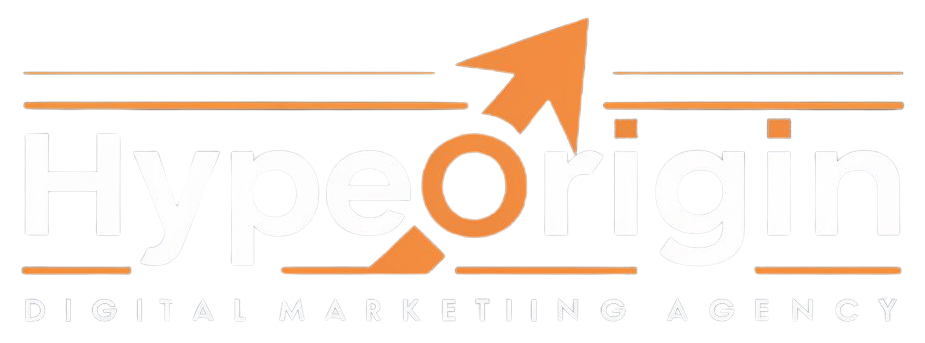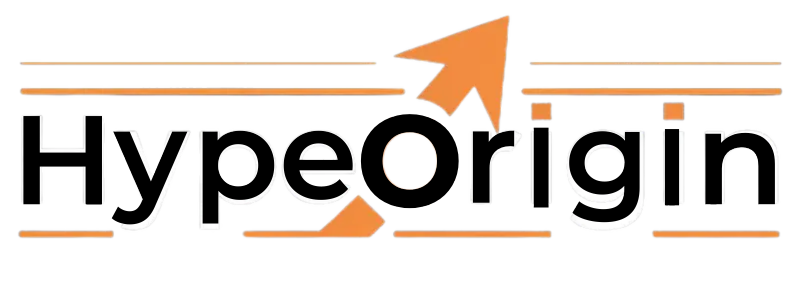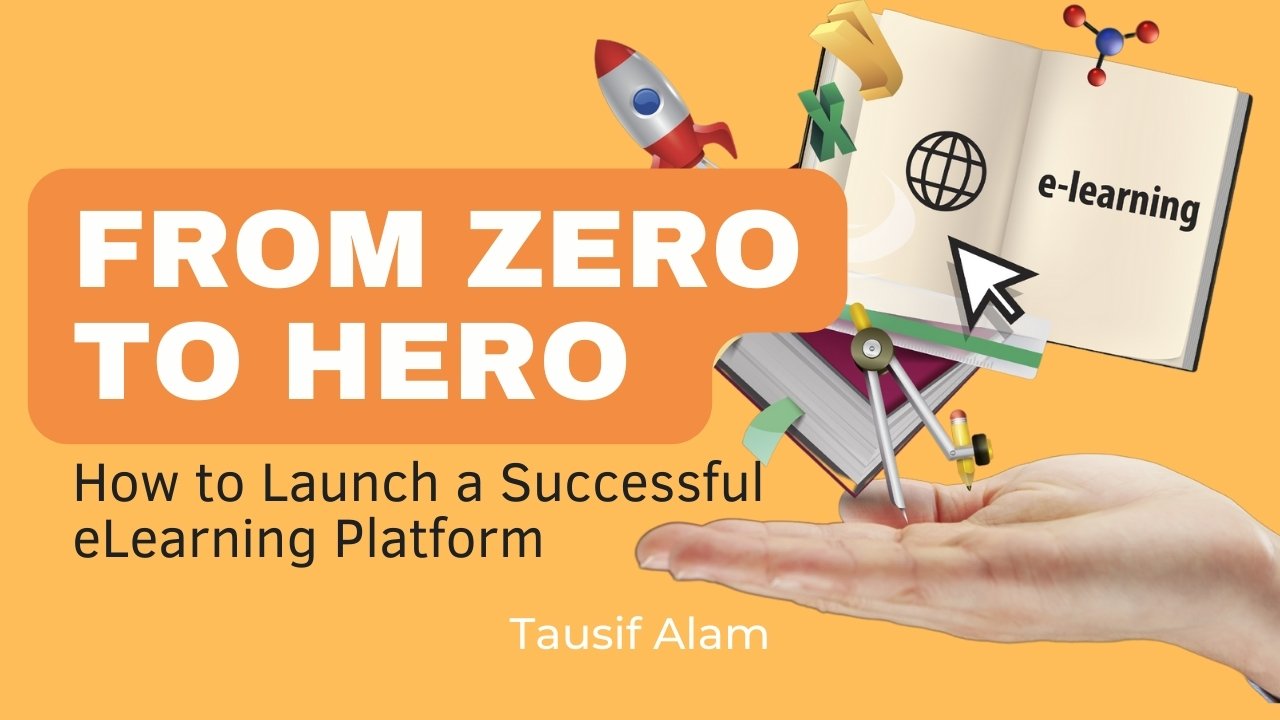In today’s fast-paced digital world, eLearning platforms have revolutionized the way we educate and learn. Whether you’re an entrepreneur looking to venture into the eLearning industry or an educational institution aiming to broaden your reach, launching a successful eLearning platform requires meticulous planning and execution. In this comprehensive guide, we will take you through every step of the process to transform your idea from zero to hero.
Understanding the eLearning Market
Before diving into the technical aspects of creating an eLearning platform, it’s crucial to understand the eLearning market. This industry has seen exponential growth over the past decade, driven by the increasing demand for online education. According to recent studies, the global eLearning market is expected to reach $325 billion by 2025. The primary factors contributing to this growth include technological advancements, increased internet penetration, and the need for flexible learning solutions.
Identifying Your Niche
The first step in launching an eLearning platform is identifying your niche. The eLearning market is vast, encompassing various subjects and industries. Focus on a specific niche that aligns with your expertise and passion. This will help you stand out in a crowded market and attract a dedicated audience. Popular niches include corporate training, academic courses, language learning, and professional certifications.
Conducting Market Research
Thorough market research is essential to understand your target audience, their needs, and the competition. Conduct surveys, interviews, and focus groups to gather insights. Analyze competitors to identify gaps in the market that your platform can fill. This research will inform your content strategy, platform features, and marketing efforts.
Creating a Business Plan
A well-crafted business plan is the foundation of a successful eLearning platform. Outline your goals, target audience, revenue model, and marketing strategy. Consider different revenue streams such as subscription models, one-time payments, and corporate partnerships. Your business plan should also include a budget and timeline for the platform’s development and launch.
Developing Quality Content
Content is king in the world of eLearning. Developing high-quality, engaging, and informative content is crucial for attracting and retaining users. Here are some tips for creating effective eLearning content:
- Understand your audience: Tailor your content to the learning preferences and needs of your target audience.
- Structure your courses: Organize your content into modules or lessons with clear objectives.
- Use multimedia: Incorporate videos, infographics, quizzes, and interactive elements to enhance engagement.
- Update regularly: Keep your content up-to-date to ensure its relevance and accuracy.
Choosing the Right eLearning Platform
Selecting the right eLearning platform is a critical decision. You can either build a custom platform from scratch or use a ready-made Learning Management System (LMS). Here are some factors to consider:
- Customization: Ensure the platform allows for customization to reflect your brand and meet your specific needs.
- Scalability: Choose a platform that can grow with your business.
- User experience: The platform should be intuitive and easy to navigate.
- Integration: Look for platforms that integrate with other tools you use, such as payment gateways, CRM systems, and marketing automation tools.
Designing an Intuitive User Interface
A user-friendly and visually appealing user interface (UI) is crucial for retaining learners. Focus on simplicity and ease of navigation. Ensure that your platform is responsive, meaning it works seamlessly on different devices, including smartphones and tablets. Pay attention to the overall user experience (UX) to keep learners engaged and motivated.
Implementing Robust Technology
The backbone of any successful eLearning platform is its technology. Invest in a reliable and secure hosting service to ensure your platform is always accessible. Consider the following technological aspects:
- Security: Protect user data with encryption and secure payment gateways.
- Performance: Optimize your platform for fast loading times and minimal downtime.
- Scalability: Choose a technology stack that can handle increased traffic and content expansion.
- Support: Provide technical support to assist users with any issues they encounter.
Marketing Your eLearning Platform
Effective marketing is essential to attract learners to your platform. Utilize a combination of digital marketing strategies to reach your target audience:
- Content marketing: Create blog posts, videos, and social media content that provide value and establish your authority in the industry.
- SEO: Optimize your website and content for search engines to improve visibility.
- Email marketing: Build an email list and send regular newsletters with updates and promotions.
- Social media: Engage with your audience on platforms like Facebook, LinkedIn, and Twitter.
- Paid advertising: Invest in PPC campaigns on Google Ads and social media platforms to drive targeted traffic.
Engaging Your Audience
Maintaining engagement is key to the success of your eLearning platform. Implement strategies to keep learners motivated and coming back:
- Gamification: Incorporate badges, leaderboards, and rewards to make learning fun.
- Community building: Create forums, discussion boards, and social media groups where learners can interact and share knowledge.
- Personalization: Use data analytics to offer personalized course recommendations and learning paths.
- Feedback: Regularly collect and act on user feedback to improve the platform.
Monitoring and Improving Performance
Continuous monitoring and improvement are vital to ensure your eLearning platform’s success. Track key performance indicators (KPIs) such as user engagement, completion rates, and revenue. Use analytics tools to gain insights into user behavior and identify areas for improvement. Regularly update your content and platform features based on feedback and emerging trends.
Conclusion
Launching a successful eLearning platform requires a strategic approach and dedication to quality. By understanding the market, creating valuable content, choosing the right technology, and implementing effective marketing strategies, you can transform your eLearning platform from zero to hero.


